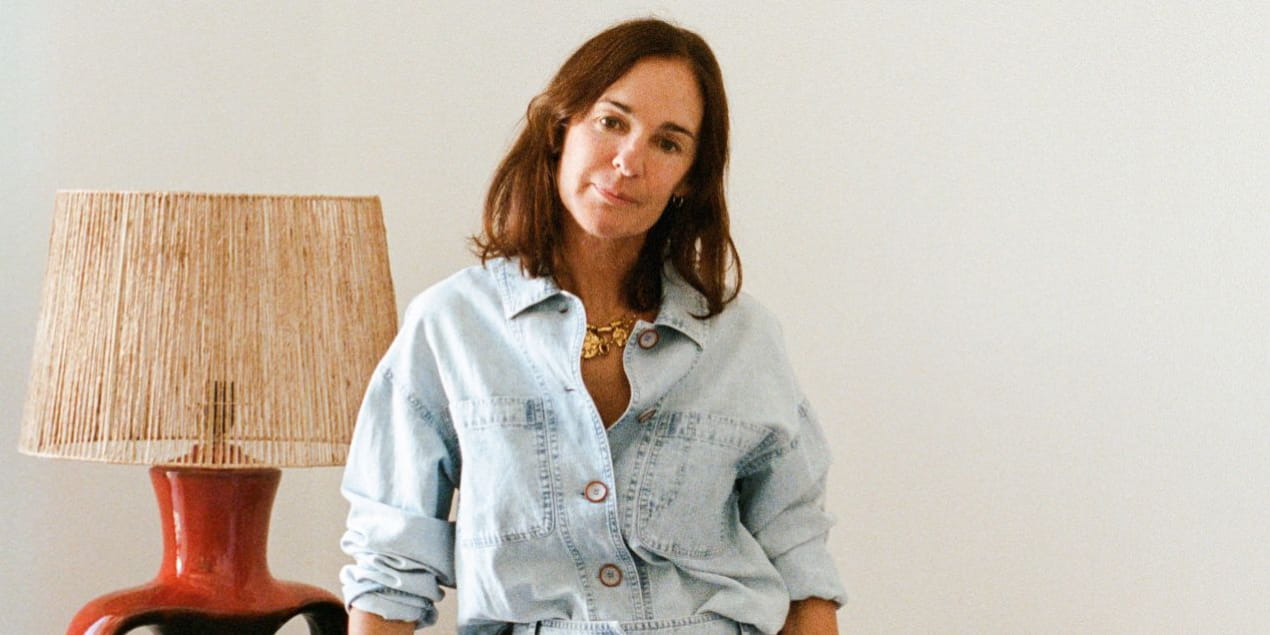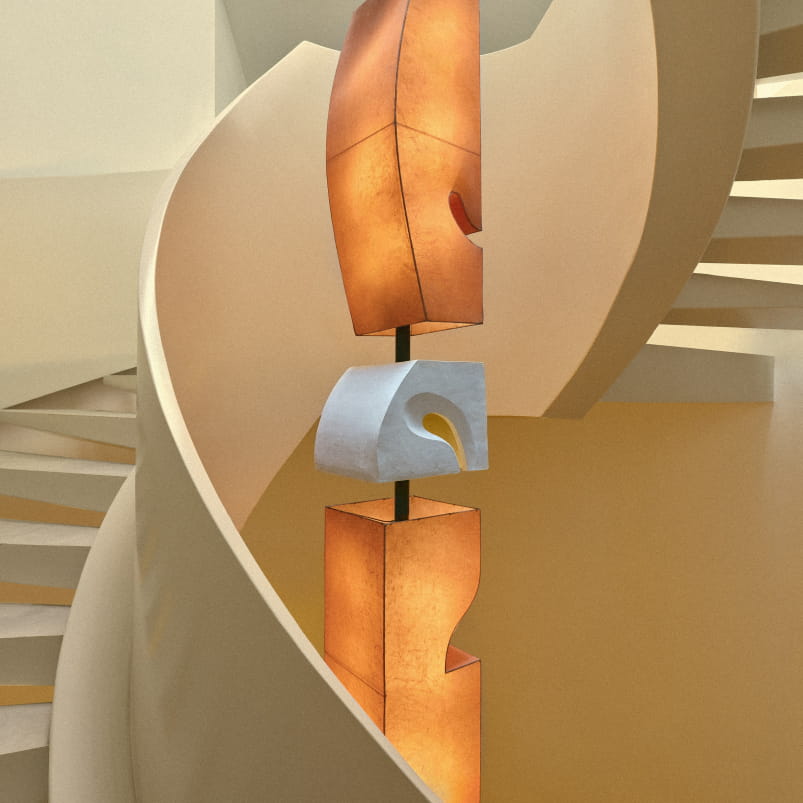What inspires me? That’s complicated ... I’d say books first, all sorts of books, really. Besides books on photography and design, I love books that transport me back to my days as a student. I have loads of books on anthropology. Very academic and technically detailed books about the Zapoteca traditional dress, for example, or traditional Mayan dress, as worn in a specific region of Guatemala.
I also collect books on textiles. One of the most recent ones to have had a big impact on my visual imagination was African Textile (John Gillow, 2016). It looks back at the history of African weaving. It’s a stunning book that covers Central African weaving and also Moroccan weaving. In the same vein, I also love the book Rugs and weaving: the art of the Berber women of Morocco (Frederic Damgaard, 2009) and Marokko/Morocco mon amour (Kurt Rainer, 2005).
But let’s start back at the beginning. When I was 21 I travelled to Latin America for the very first time. I was a student and I went with two girlfriends in search of new experiences and encounters. At the time I was studying economics, not so much out of choice but more because I didn’t know what I wanted to do.
This trip came into being a er many months of planning; I had been toying with the idea for ages. The cartoon The Mysterious Cities of Gold definitely had a big early influence on me. It’s true! (laughing). When I was a teenager, I was already passionate about South American literature and magical realism. One hundred years of solitude (Gabriel García Márquez, 1967) had a huge impact on me. As did the work of Jorge Luis Borges, that I read from cover to cover in just a few weeks.








